The Japan-Taiwan Exchange Association yesterday unveiled a series of symbols marking bilateral friendship in remembrance of Taiwan’s assistance to Japan in the wake of the 2011 Great East Japan Earthquake, as it prepares to mark the disaster’s 10th anniversary.
The series revolves around a logo that resembles the Chinese character ren (“human,” 人), while the logo itself blends the letters “J” and “T,” for Japan and Taiwan, as well as the concept of mutual assistance, the association wrote on Facebook yesterday.
Along with the logo comes a set of 12 graphics that show two people standing back-to-back and relying on each other, it said.
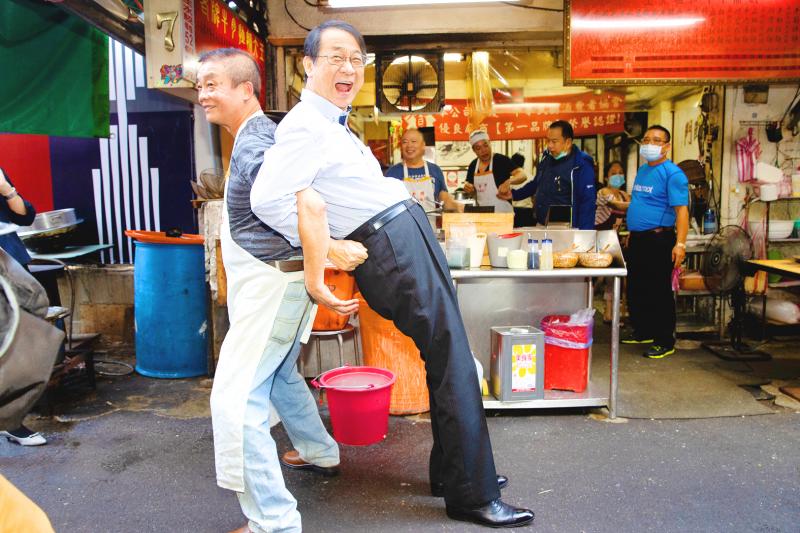
Photo: CNA
The gesture embodies the mutual support and trust between Japanese and Taiwanese, and the figures represent people of different ages, generations, genders and occupations, the association said.
The symbols suggest that Japanese and Taiwanese would go hand in hand toward a beautiful future, it added.
The association also released on its Web site guidelines for authorized use of the series “Japan-Taiwan Friendship, Always Here,” by the public.
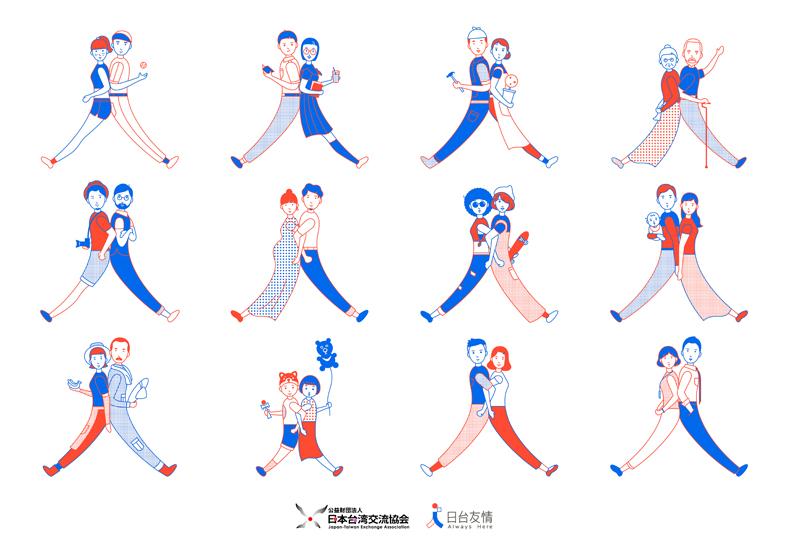
Photo courtesy of the Japan-Taiwan Exchange Association
Next year will be the 10th anniversary of the earthquake, and the association hopes to again express Japan’s gratitude to Taiwan for providing assistance by hosting some events, it said.
In the wake of the earthquake, Taiwan donated more than ¥25 billion (US$239.6 million at the current exchange rate), offered aid and dispatched rescue personnel to Japan, it said.
“When Japan was struck by an unprecedented crisis, Taiwanese from different walks of life worried about Japan as if they were worrying about their own problems,” it added.
The heartwarming aid prompted Japan to “rediscover its long-time good neighbor and very important friend — Taiwan,” the association said.
The symbols were designed by Taiwanese Chuang Jui-hao (莊瑞豪) and Lu Chen-yun (盧袗雲) at their studio named Biaugust, as they were both born in August.
Chuang and Lu graduated from Japan’s Musashino Art University and Tama Art University respectively.
While they have often cooperated with the private sector in Japan, this is the first time they have created designs for the Japanese government, Chuang said in an interview with the Central News Agency.
Bilateral cooperation was smooth and Chuang said that he was glad that Japanese Representative Hiroyasu Izumi opted for more innovative versions of the symbols, which were also the designers’ preference.
Additional reporting by CNA

Left-Handed Girl (左撇子女孩), a film by Taiwanese director Tsou Shih-ching (鄒時擎) and cowritten by Oscar-winning director Sean Baker, won the Gan Foundation Award for Distribution at the Cannes Critics’ Week on Wednesday. The award, which includes a 20,000 euro (US$22,656) prize, is intended to support the French release of a first or second feature film by a new director. According to Critics’ Week, the prize would go to the film’s French distributor, Le Pacte. "A melodrama full of twists and turns, Left-Handed Girl retraces the daily life of a single mother and her two daughters in Taipei, combining the irresistible charm of
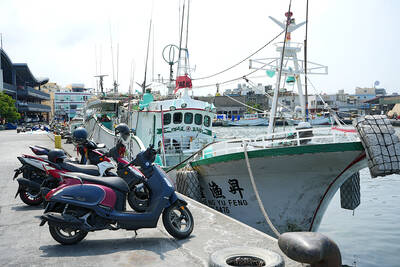
A Philippine official has denied allegations of mistreatment of crew members during Philippine authorities’ boarding of a Taiwanese fishing vessel on Monday. Philippine Bureau of Fisheries and Aquatic Resources (BFAR) spokesman Nazario Briguera on Friday said that BFAR law enforcement officers “observed the proper boarding protocols” when they boarded the Taiwanese vessel Sheng Yu Feng (昇漁豐號) and towed it to Basco Port in the Philippines. Briguera’s comments came a day after the Taiwanese captain of the Sheng Yu Feng, Chen Tsung-tun (陳宗頓), held a news conference in Pingtung County and accused the Philippine authorities of mistreatment during the boarding of
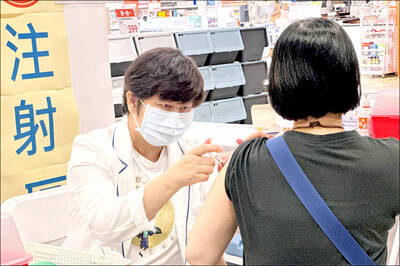
88.2 PERCENT INCREASE: The variants driving the current outbreak are not causing more severe symptoms, but are ‘more contagious’ than previous variants, an expert said Number of COVID-19 cases in the nation is surging, with the Centers for Disease Control (CDC) describing the ongoing wave of infections as “rapid and intense,” and projecting that the outbreak would continue through the end of July. A total of 19,097 outpatient and emergency visits related to COVID-19 were reported from May 11 to Saturday last week, an 88.2 percent increase from the previous week’s 10,149 visits, CDC data showed. The nearly 90 percent surge in case numbers also marks the sixth consecutive weekly increase, although the total remains below the 23,778 recorded during the same period last year,
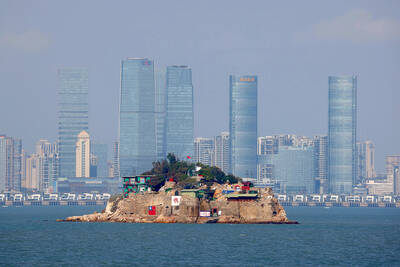
The Chinese Communist Party (CCP) is pushing for residents of Kinmen and Lienchiang counties to acquire Chinese ID cards in a bid to “blur national identities,” a source said. The efforts are part of China’s promotion of a “Kinmen-Xiamen twin-city living sphere, including a cross-strait integration pilot zone in China’s Fujian Province,” the source said. “The CCP is already treating residents of these outlying islands as Chinese citizens. It has also intensified its ‘united front’ efforts and infiltration of those islands,” the source said. “There is increasing evidence of espionage in Kinmen, particularly of Taiwanese military personnel being recruited by the